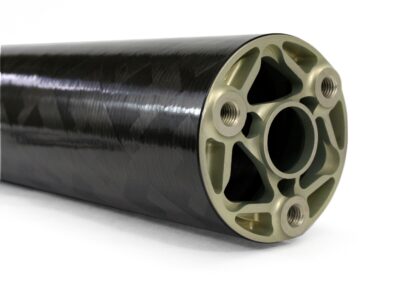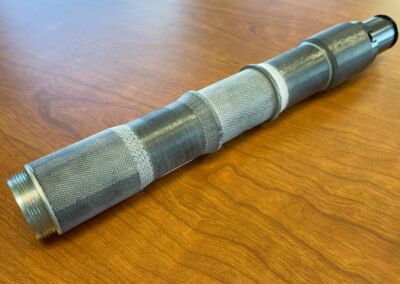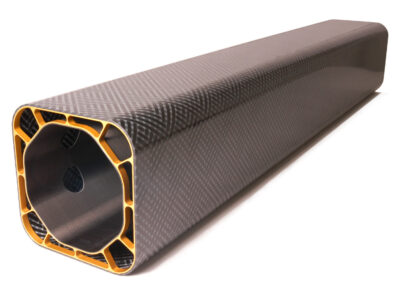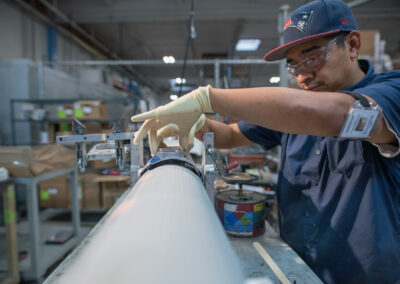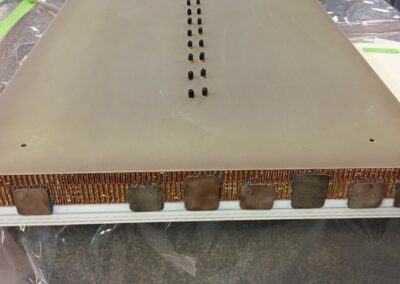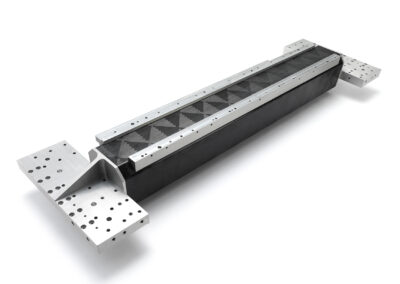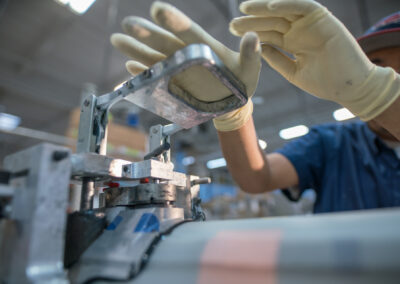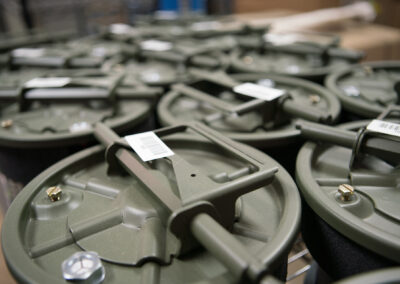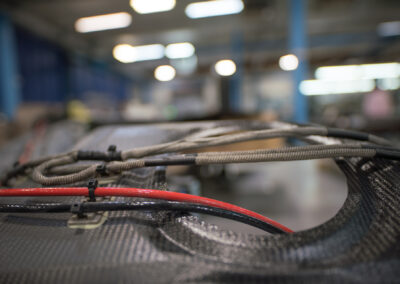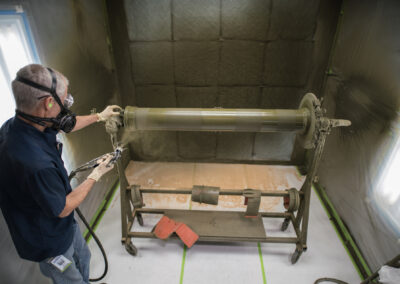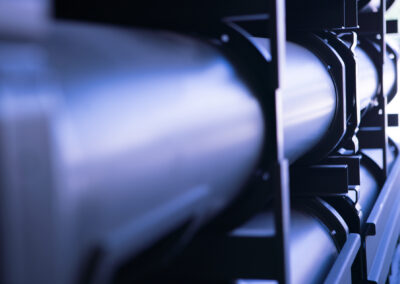Assembly
Assembly takes place following the fabrication of components to produce a more complex structure. Typically, this includes the installation of metallic, plastic, foam, or other items with the composite components using fasteners or adhesives, including liquid, paste, or film adhesives. Installation and plumbing of cables, grommets, and electrical wiring and other hardware may be integrated as well.
Key Benefits of Assembly
- Time and Cost Efficiency: By handling the assembly process at the same location where the component is fabricated, both cost and lead time may be significantly reduced.
- Quality and Risk Mitigation: The overall assembly functionality may be measured and tested to ensure full functionality. Any issues can be promptly addressed and remedied.
- Enhanced Capabilities: After assembly, additional value can be added to the product, such as machining, painting, testing, and non-destructive inspection.
Nammo Composite Solutions has performed final assembly for multiple products using a variety of methods and techniques. The company’s proficient team excels in designing and fabricating assembly fixtures to control essential dimensional requirements. Experienced professionals at Nammo Composite Solutions have successfully performed paste adhesive mixing at small scales by hand, at large scale with automated mixing of two-component systems with pumps, and with film adhesive. Additionally, Nammo Composite Solutions has expertise in controlling bond line thickness with bond beads, wire, and using shims using a tack bonding process, and has also seamlessly incorporated metallic inserts, nut plates, fasteners, and electrical wiring.

